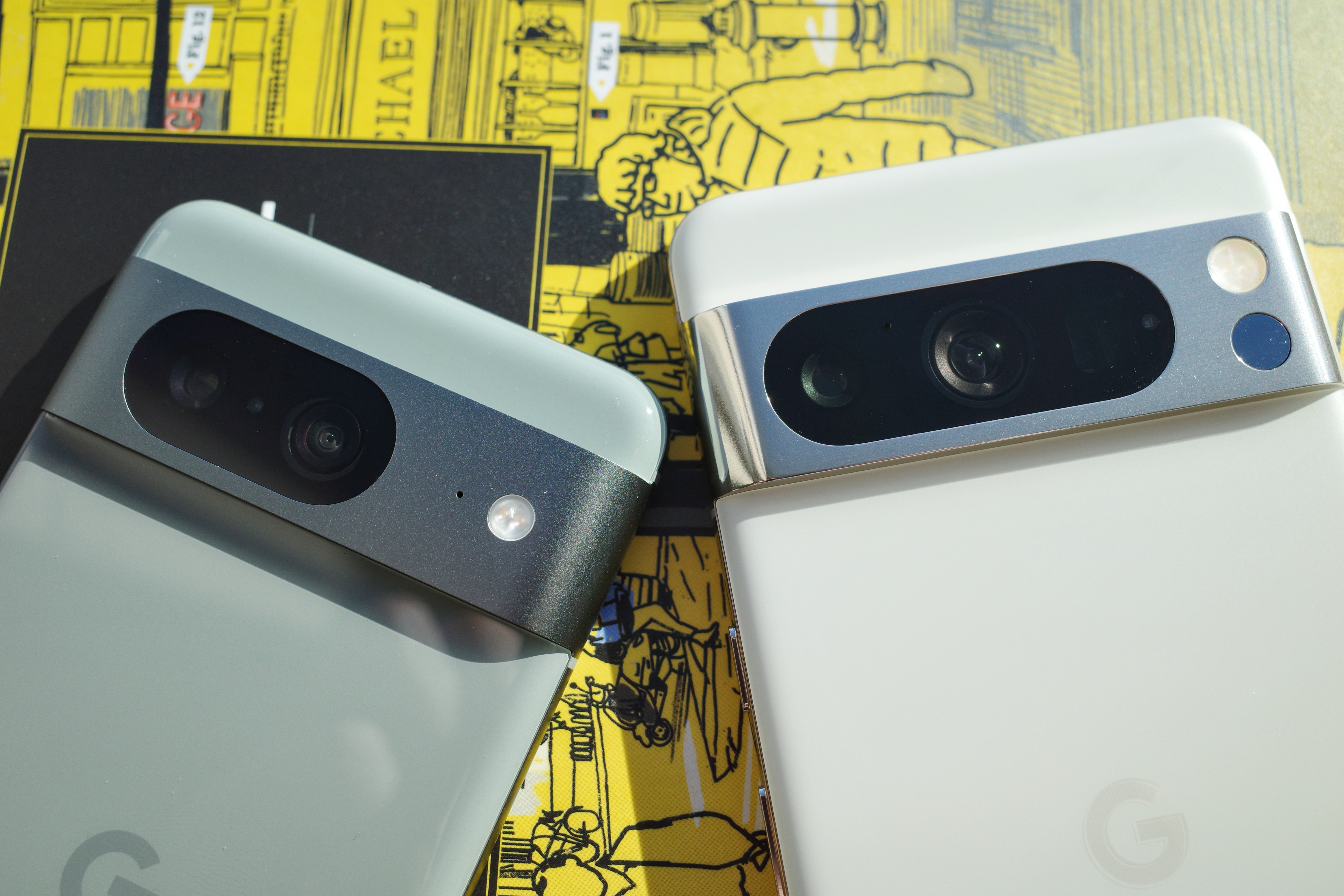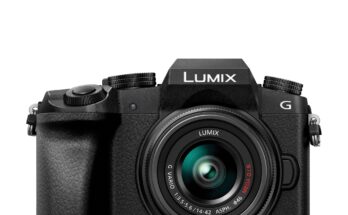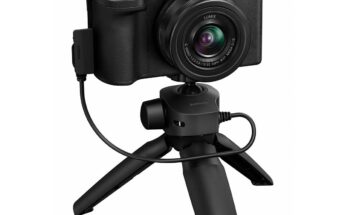Yes, professional photographers do use mirrorless cameras. They offer advanced features in a compact form.
Mirrorless cameras have revolutionized the photography world with their lightweight design and cutting-edge technology, attracting many professional photographers. Offering a blend of portability and high image quality, these cameras challenge traditional DSLR cameras that pros have used for decades. Professionals appreciate the real-time electronic viewfinder previews, fast autofocus systems, and the growing ecosystem of lenses.
With brands like Sony, Fujifilm, and Canon leading the charge, mirrorless cameras are now on par with professional DSLR counterparts in terms of performance. This shift marks a significant move towards embracing innovation in professional photography, as mirrorless technology continues to evolve and expand its capabilities.

Credit: www.dpreview.com
The Rise Of Mirrorless Technology
Mirrorless cameras have revolutionized the world of photography. They bring a slew of advantages over their DSLR counterparts. From seasoned professionals to novices, many now favor the mirrorless system. Their lightweight build, cutting-edge features, and impressive image quality make them a popular choice. Let’s delve into how these cameras operate and stack up against DSLRs.
How Mirrorless Cameras Work
Mirrorless cameras, true to their name, lack a mirror mechanism inside. Light passes directly onto the image sensor. This design enables a more compact form factor. The following points highlight their core workings:
- Light enters through the lens.
- It hits the image sensor directly.
- The sensor feeds live preview to the display or EVF.
Comparing Mirrorless To Dslrs
Choosing between mirrorless cameras and DSLRs requires understanding key differences. These include:
| Mirrorless Cameras | DSLRs |
|---|---|
| Compact and lightweight | Bulkier with heavier build |
| Electronic viewfinder (EVF) | Optical viewfinder |
| Quicker autofocus in live view | Slower live view autofocus |
| Minimal mechanical noise | Distinct shutter noise |
Professionals often prefer mirrorless for their portability, fast performance, and silent operation. Meanwhile, DSLRs hold their ground in battery life and a vast selection of lenses. Your choice may therefore hinge on your shooting preferences and requirements.
Professional Preferences
In the realm of photography, gear plays a pivotal role. Preferences for cameras can vary widely among professionals. Factors like camera size, weight, image quality, and cutting-edge technology shape these preferences.
Shifting Gear Among Professionals
Professionals in photography are embracing change. Mirrorless cameras have made significant inroads. Their lightweight bodies and advanced features appeal to photographers. The shift to mirrorless is due to their performance and portability. Many professionals now prefer mirrorless cameras over traditional DSLRs.
- Compact size: Easy to carry and handle.
- Electronic viewfinders: Real-time exposure and settings preview.
- Quiet operation: Less intrusive in sensitive environments.
- Fast autofocus systems: Excellent for capturing action.
- High-resolution images: Comparable to DSLRs.
Testimonials From Industry Veterans
Seasoned photographers have witnessed the evolution of cameras. They share insights on why mirrorless cameras fit their work.
| Photographer | Genre | Quote |
|---|---|---|
| Jane Doe | Wildlife | “Mirrorless cameras enhance my fieldwork with their silent shutter.” |
| John Smith | Portrait | “The image quality from my mirrorless camera is second to none.” |
| Alex Lee | Sports | “I switched for the autofocus speed, and it’s a game-changer for action shots.” |
Mirrorless Advantages
Professional photographers are embracing mirrorless cameras for good reason. These modern devices combine high performance with unique features. Let’s explore the benefits that make mirrorless cameras a top choice for pros.
Size And Weight Benefits
Mirrorless cameras are a win for mobility. They shed the bulk of traditional DSLRs. Here’s why that’s a big deal:
- Lighter gear to carry means photographers can shoot longer with less fatigue.
- Smaller bodies fit in tight spaces, great for travel and street photography.
- Reduced size doesn’t sacrifice image quality; it combines convenience with excellence.
Electronic Viewfinder Perks
An electronic viewfinder (EVF) transforms how photographers frame their shots. Here’s the breakdown:
| EVF Feature | Benefit |
|---|---|
| Real-time previews | See exposure, white balance, and filters before taking the shot. |
| Information overlays | Access to histograms, audio levels, and more right in the viewfinder. |
| Bright displays | Work in low light without a hitch. |
Video Capabilities
Mirrorless cameras are not just for stills; they shine in video production. Key points include:
- 4K video is standard, allowing for stunning footage.
- Many models offer advanced video features like log profiles and 10-bit color.
- Autofocus systems in mirrorless cameras are typically swift and reliable for video.
The Debate Over Image Quality
Understanding image quality helps photographers choose the right camera. Professional photographers carefully consider this. Some love mirrorless cameras, others prefer DSLRs. Let’s explore this debate.
Sensor Size Considerations
Sensor size strongly affects image quality. Bigger sensors capture more details and light. Professionals often choose full-frame sensors for top quality. Yet, mirrorless cameras offer various sensor sizes to suit different needs. Let’s compare:
| Camera Type | Sensor Size | Common Use |
|---|---|---|
| Mirrorless | Full-frame, APS-C, Micro Four Thirds | Portraits, landscapes, everyday shots |
| DSLR | Full-frame, APS-C | Professional sports, wildlife |
Low Light Performance
Shooting in dim light needs a good camera. Low light performance is key. Professionals need cameras that capture clean, clear images at high ISOs. Newer mirrorless cameras handle low light better, thanks to advanced sensors and processing. Compare top models:
- Mirrorless cameras: Often have better autofocus in low light.
- DSLRs: Rely on optical viewfinders, can struggle in the dark.
Dynamic Range Analysis
Dynamic range shows light and dark details. Cameras with wide dynamic ranges capture more of these details. This is crucial for pros to get the shot right. Mirrorless models now rival DSLRs in dynamic range. They allow post-processing tweaks without losing details. Look at the dynamic range capabilities:
- Mirrorless cameras: New tech provides wide dynamic ranges.
- DSLRs: Traditional but consistent in maintaining a good range.
System Ecosystem
Professional photographers need a robust system ecosystem for their mirrorless cameras. This includes a variety of lenses and accessories, as well as continued innovation. Let’s dive into what makes mirrorless cameras a top choice for pros.
Lens Availability And Choices
The right lens brings a photo to life. Mirrorless cameras offer a vast lens array, suitable for any project.
- Wide-angle lenses for landscapes
- Telephoto lenses for wildlife
- Prime lenses for portraits
Manufacturers provide a diverse lens selection, ensuring photographers can capture the perfect shot anytime.
Supporting Accessories
Accessories enhance a camera’s capability. Professionals utilize a spectrum of add-ons with their mirrorless systems:
| Accessory | Use |
|---|---|
| External flashes | Illuminates subjects |
| Gimbals | Stabilizes video |
| Remote triggers | Enables distant shooting |
Quality accessories complement mirrorless cameras, providing creative control and flexibility.
Evolution Of Mirrorless Systems
Mirrorless cameras have evolved rapidly. They now rival traditional DSLRs in performance.
- Faster autofocus systems
- High-resolution electronic viewfinders
- Improved battery life
Continuous improvement in mirrorless tech enables photographers to keep pushing creative boundaries.

Credit: www.shopmoment.com
Making The Switch
As the debate rages on about the superiority of mirrorless cameras over DSLRs, more and more professional photographers are making the switch. The reasons range from the former’s lighter weight to advanced technology. Understanding why and how these seasoned professionals transition can be crucial for anyone considering a similar move.
Transition Stories
- Experience tales of photographers who leaped from DSLR to mirrorless.
- Discover how image quality, performance speeds, and portability influenced their choice.
- Learn about the workflow changes and creativity boosts these experts encountered after the switch.
Training And Adaptability
Mirrorless systems might seem daunting at first. Yet, pros are quickly adapting. Let’s delve into their learning process:
- Understanding the new menu systems and touchscreen interfaces needs time.
- Some photographers take online courses or attend workshops to hasten the process.
- Many find that mastering electronic viewfinders (EVFs) brings fresh perspectives to their work.
Financial Considerations
Switching to the latest camera technology can impact a photographer’s financials significantly. Points to ponder include:
| Expense | Details |
|---|---|
| Initial Costs | Buying a new camera body and possibly compatible lenses. |
| Accessories | Investing in extra batteries, memory cards, and camera bags suited for mirrorless. |
| Resale Value | Selling old equipment might help but often at a depreciated value. |
Long-term savings also feature in the equation, with mirrorless cameras often requiring less maintenance than DSLRs. Despite the upfront costs, professionals weigh these factors carefully to ensure their switch is a smart investment.

Credit: www.dpreview.com
Frequently Asked Questions On Do Professional Photographers Use Mirrorless Cameras?
Is Mirrorless Camera Good For Professional Photography?
Yes, mirrorless cameras offer excellent image quality and versatility, making them suitable for professional photography. They’re lightweight, feature advanced technology, and provide quick autofocus, catering to many pro-level needs.
Do Photographers Use Dslr Or Mirrorless?
Photographers use both DSLR and mirrorless cameras based on their specific needs and preferences. DSLR cameras are known for their optical viewfinders and extensive lens collections. Mirrorless cameras offer a compact build, electronic viewfinders, and typically faster shooting speeds.
Why Do People Prefer Dslr Over Mirrorless?
People prefer DSLRs for their longer battery life, optical viewfinder accuracy, and robust build quality. They also offer extensive lens options and reliable autofocus performance.
What Are The Disadvantages Of Mirrorless Cameras?
Mirrorless cameras often have shorter battery life and slower autofocus compared to DSLRs. Limited lens selection and electronic viewfinders might also hinder some users. They can struggle with tracking fast-moving subjects.
Conclusion
As the debate settles, it’s clear: mirrorless cameras have won over many professional photographers. With their compact design, cutting-edge technology, and high image quality, they’re a smart choice for industry veterans and novices alike. Embracing innovation, professionals are capturing breathtaking images, proving that mirrorless cameras are not just a trend but a tool that enhances photographic artistry.



